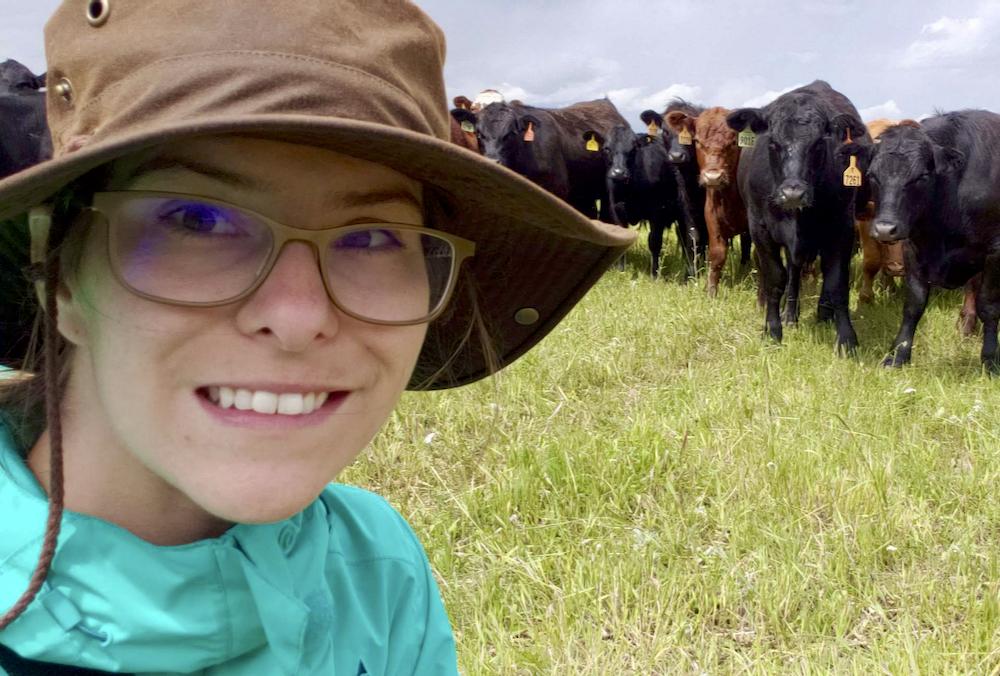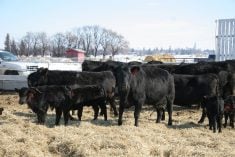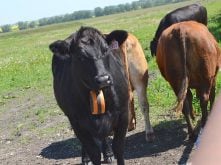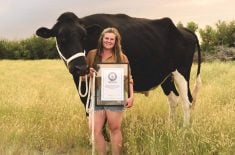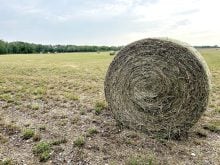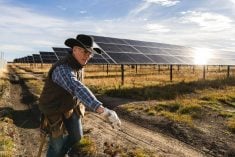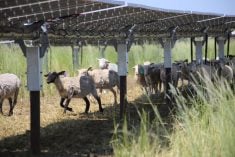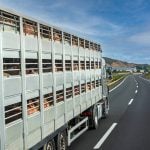Alberta farmers love Ottawa’s “climate action” program so much that applications have been paused until late summer.
“It’s a pretty lucrative program and people were actually aware of it this year,” said Johanna Murray, extension coordinator with Peace Country Beef and Forage Association.
“There were people who didn’t get around to applying last year because the advertising wasn’t as good as it could be, and they couldn’t get on it too quick.”
Read Also
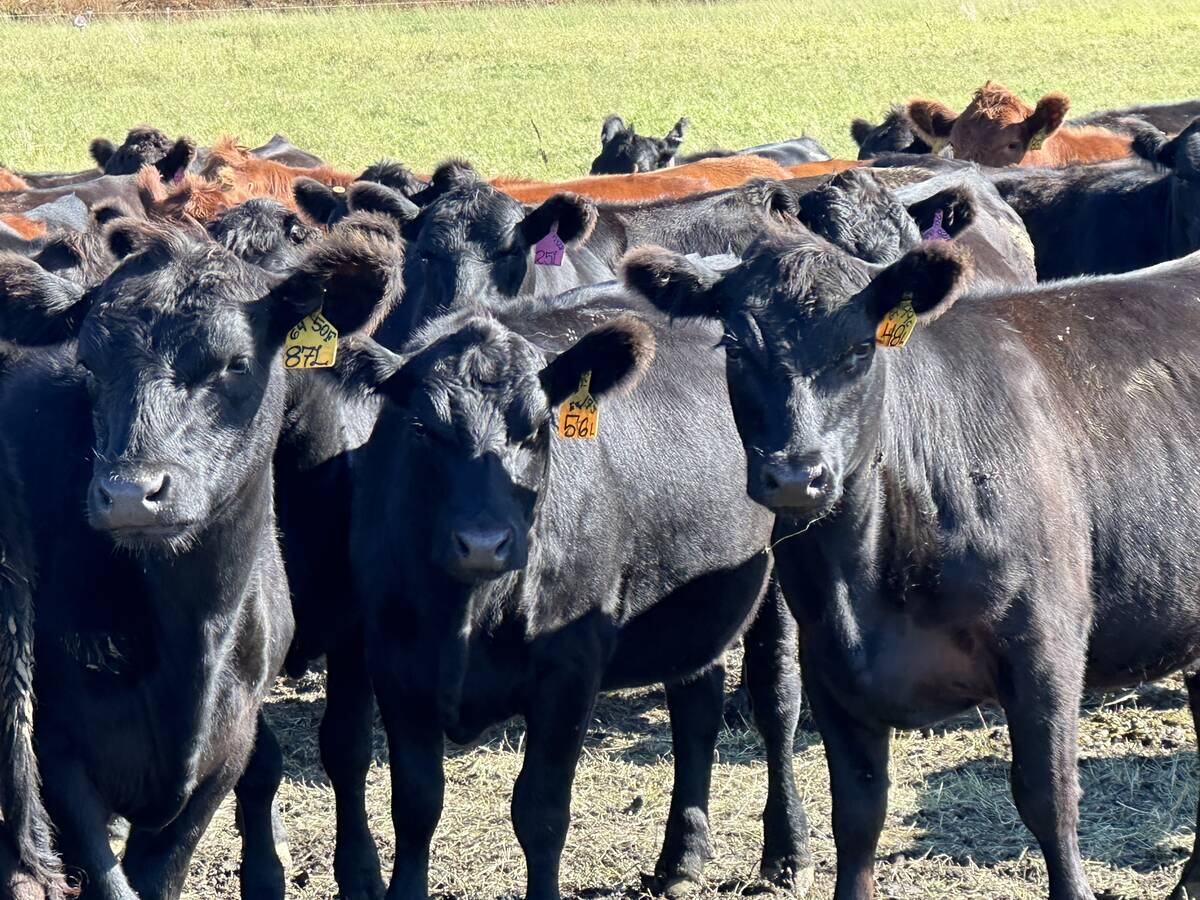
Want to track the cattle industry? Follow the heifers
Beef specialists examine key indicators in Canadian market for growth patterns in cattle markets
“I’m not surprised the program is closing early,” added Sonja Bloom, environmental coordinator with the Foothills Forage and Grazing Association. “I know it was quite popular when it opened.”
Those two farmer-led research groups and their sister organizations have been putting on workshops and webinars to help farmers tap into the On-Farm Climate Action Fund. It covers 85 per cent of the cost (up to $75,000 per farm) for projects to implement rotational grazing, cover cropping or more efficient use of nitrogen fertilizer.
Ottawa has put $200 million nationally into the program, with RDAR (Results Driven Agriculture Research) administering the bulk of Alberta’s share. An initial round of funding last fall saw about 600 producers receive more than $10 million in grants. And after a second application window opened in February, more than 1,000 more applications flooded in.
Because of that interest, the provincial research funding agency said in late April that it needed to “pause accepting new applications to assess the remaining uncommitted funding.” The application window closed May 10 and RDAR said it hopes to start taking applications again on Aug. 15.
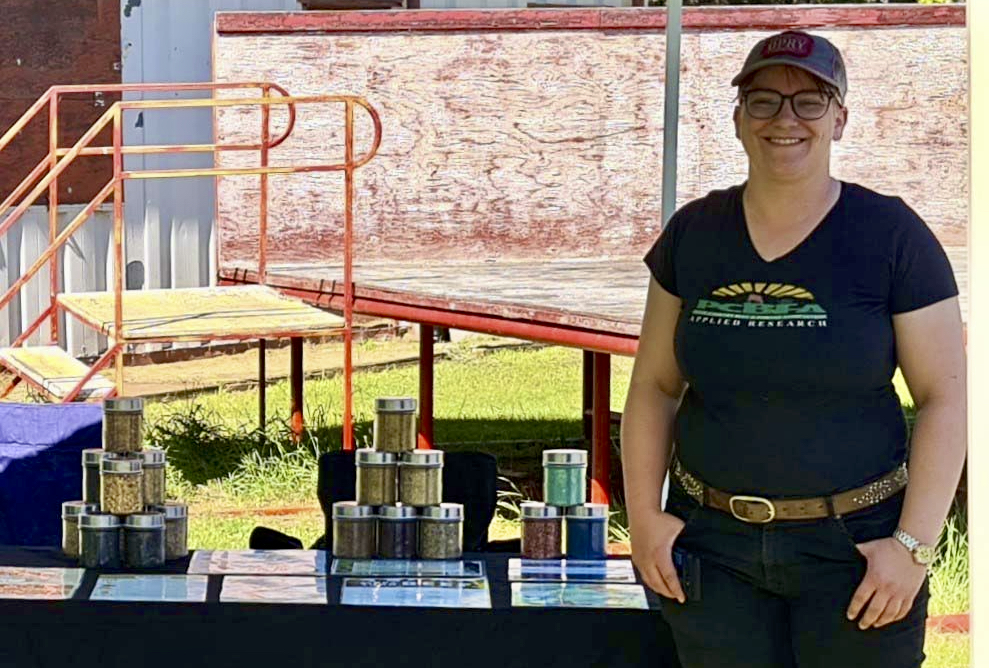
Part of the program’s popularity is because 85 per cent of the costs are covered for projects, said Murray. Projects can include cross-fencing and remote waterers for rotational grazing, seeding costs for cover crops, or soil sampling and developing farm-specific fertilizer plans.
The fund is also more accessible than some programs that require farmers to complete an environmental farm plan.
“The OFCAF program doesn’t,” said Murray. “It just requires working with a professional agrologist or certified crop advisor to get your plan approved before you submit it.”
Rotational grazing projects have been popular, as have watering systems to keep cows out of dugouts.
“There’s been some applications dealing with pasture rejuvenation and establishing legumes,” she said. “A couple of folks I know are applying for manure management, which falls under the nitrogen management part of the program. Lots of people have been taking advantage of that.”
Murray noted there are other funding opportunities for producers, notably the Resilient Agriculture Landscape Program and other programs that are part of the new five-year Sustainable Canadian Agricultural Partnership agreement between Ottawa and the province.
“Hopefully anyone who wants to get something done can go through these programs,” she said.
The number of producers applying for these grants shows there’s a lot of interest in trying new approaches, said Bloom.
“I think it’s popular because producers are eager to try new managements that help them get some advantages or benefits,” she said. “They’ve been seeing their neighbours successful with rotational grazing or other different best management practices.
“It got them excited and intrigued when the funding came along to try to help with the substantial costs. I think people were eager to try.”
There was a lot of interest in her area, said Dianne Westerlund, manager of Chinook Applied Research Association in Oyen, adding two of her staff have been helping producers submit applications.
“They’ve shared information about the program at some extension meetings and they’ve done some one-on-one work with groups, guiding them and putting their proposals together.”
Westerlund said she doesn’t know if any of the proposals have been approved, but things are moving along.
“I believe, last week, the majority of applicants were made aware that the applications had not been processed yet, but if they wanted to proceed with the project, they could go ahead and make purchases and do what they needed to,” Westerlund said on May 1. “If their proposal was approved, they would be eligible to claim expenses back to April.”
The program seems to be attracting a range of applicants.
“For some, it’s expanding on what they might have been doing (already),” she said. “For others, it’s venturing into something totally new that they would not be doing if they had not had that funding support.”
Lance Ouellette, manager of the North Peace Applied Research Association in Manning, said he has helped more than 20 people fill out applications.
About 60 per cent were applying for tools for rotational grazing, like waterers and cross fencing.
“It was a technology that they couldn’t afford at the time, and now they have a little bit more help to take on these technologies and do more rotational grazing,” he said. “The timing was right. A lot of producers are trying to feed cows on less, making it less costly to feed cows throughout the year and I think it worked out really nice.”
Cover cropping was the second most popular stream for producers in Ouellette’s area. People were applying to use annual cover crops or swath grazing where they would seed in mid-June and swath graze in November.
“It was an opportunity for them to take on more practices that they know are beneficial for them,” he said. “Year-round grazing, keeping the cows on the ground, not having to pay for an offsite watering system, things like that. It’s very good for the cattle guys.”
For more information on the On-Farm Climate Action Fund, go to www.rdar.ca. (At the bottom of the OFCAF page is a sign-up for e-news updates).
Two other organizations are also taking applications from producers in Alberta but each only deals with one part of the program. The Canadian Forage and Grassland Association is dealing with rotational grazing applications in four provinces while the Canola Council of Canada will be distributing $22 million for nutrient management projects in the three Prairie provinces.
There is some overlap with the climate fund program and the Sustainable Canadian Agricultural Partnership, the new joint federal-provincial ag funding agreement. This agreement covers several programs, including the Resilient Agricultural Landscape Program and Farm Technology program. Details can be found at alberta.ca/sustainable-cap.aspx.


